
“Aleph” is an artist’s meditation on life, death, mysticism, politics, and pop culture. In an eight-minute loop of film, Wallace Berman uses Hebrew letters to frame a hypnotic, rapid-fire montage that captures the go-go energy of the 1960s. Aleph includes stills of collages created using a Verifax machine, Eastman Kodak’s precursor to the photocopier. These collages depict a hand-held radio that seems to broadcast or receive popular and esoteric icons. Signs, symbols, and diverse mass-media images (e.g., Flash Gordon, John F. Kennedy, Mick Jagger) flow like a deck of tarot cards, infinitely shuffled in order that the viewer may construct his or her own set of personal interpretations. The transistor radio, the most ubiquitous portable form of mass communication in the 1960s, exemplifies the democratic potential of electronic culture and may serve as a metaphor for Jewish mysticism.

A free flow from photography to geometric abstraction hand-painted by Breer. - Harvard Film Archive
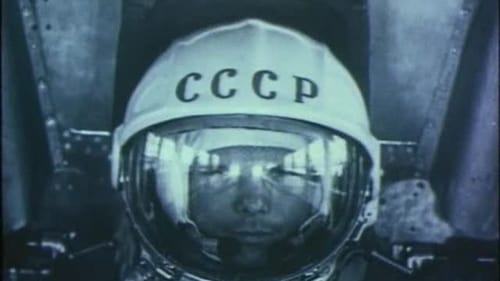
A man paves his own way to his own soul through an intellectual quest, tragedies of nations and personal drama. The road moving through the cosmic distances is a flight into one's internal world. This flight and this drama are revealed in this philosophical film-poem.

Poetic essay about the beginning of life from labor pains and birth and about its symbolic meaning.

Peleshian transforms footage from a train ride into a metaphor for the shape of a life. Early images of faces on the train give way to landscape, a journey through a black tunnel, and a final emergence into pure white light.

An elliptical, pictographic animated film that uses flat, painted figures and collage elements in both two and three dimensional settings to explore the realms of memory, language and identity from the point of view of a woman amnesiac.
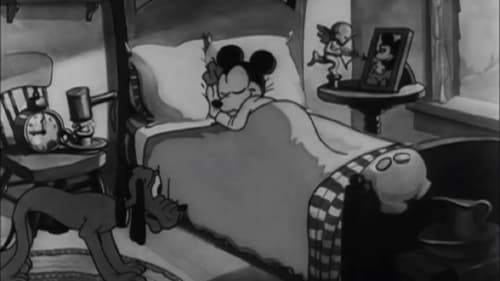
Mickey dreams of marrying Minnie and having about 20 children. For all the possible joys of children, a brood this size turns the dream into a nightmare, especially when they get into the open cans of paint strewn about the house.

Mickey Mouse and Pluto are traveling up an African river with a cargo of goods (including several musical instruments). They hit land and are captured by cannibals who plan to eat them. As soon as Mickey starts playing on a saxophone, they all start jamming to "The Darktown Strutter's Ball."

In the circus, Betty Boop is the lion tamer, sings title tune on the high wire, and fights off the lecherous ringmaster.
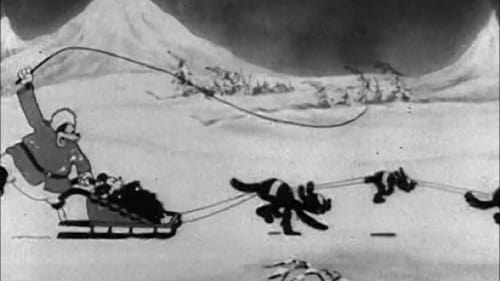
Mickey plays piano in the Klondike Bar. He rescues a depressed, half-frozen Minnie. Pegleg Pierre comes storming in and steals her away, after a gun battle. A dogsled chase follows, with Pluto pulling Mickey's sled. There's a battle at Pete's cabin that features a sequence with Pete and Mickey wearing bedsprings and bouncing. Meanwhile, Pluto, chasing a rabbit, makes a giant snowball that sends the cabin downhill and eventually traps Pete.
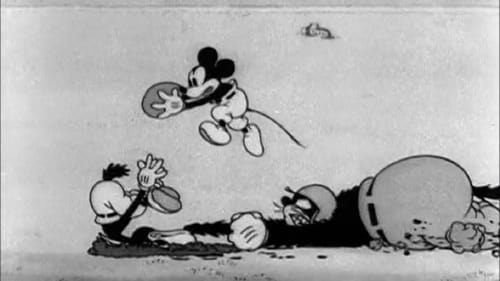
Mickey's Manglers get a couple of last-quarter touchdowns and tie the football game with the Alley Cats, 96 to 96. Can Mickey score the winning touchdown at the last second? An early Goofy is the radio announcer; Pluto is the water-dog.
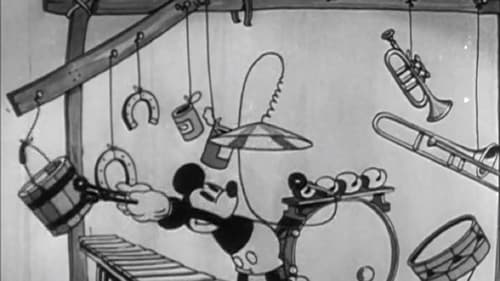
Mickey Mouse conducts an orchestra, while the rest of the Disney menagerie of the era provides a dance recital, with Horace Horsecollar as stage manager, and Pluto continually sneaking on stage.
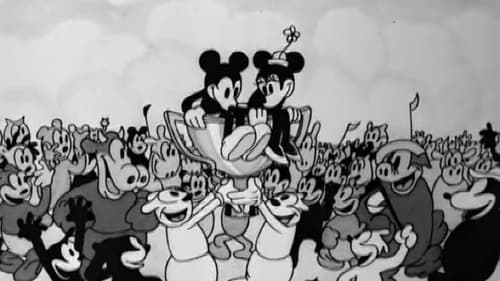
Mickey and his friends are staging a sort of olympics in a makeshift stadium on his farm. The main event is a sort of quadrathlon, with running, pole vaulting, rowing, and cycling. Mickey gets a late start due to some foul play by Pete, and that's not the only foul play.

An old man is reading a book by the fire. The clock strikes 8, and he heads off to bed. From his book, Alice in Wonderland, out crawls Alice, who turns the radio to the title tune. This wakes up Rip Van Winkle; Alice then rouses the Three Musketeers, who sing a bit. Next tune: Nero fiddles, Rome burns, and Cleopatra sizzles in a slinky dance. Uncle Tom sings a spiritual as Mr. Hyde sneaks up and abducts Alice. Tarzan to the rescue, along with several other characters who mount a spirited attack using such office supplies as pen points, matches, and a fountain pen. They box him up and carry him off.

It's bath day for Pluto; we open with him already being scrubbed. He gets out, and his tug of war with Mickey and the towel lands Mickey in the tub. The soap jumps out, and Pluto swallows it, hic-cupping soap bubbles as Mickey chases him. Pluto gets out, and the people on the street think Pluto is rabid and start hiding and throwing things at him. Dogcatcher Pete comes along, and prepares to shoot Pluto. Mickey catches up to him just in time. He tries pleading, then fighting, but they get away when Mickey throws a kitten into Pete's pants. In the ensuing chase, a fruit cart provides more diversions, and ultimately they manage to crash Pete into his own truck.

A sinking ship leaves three survivors on a life raft: Bimbo, Koko and Betty Boop. Good news/bad news: they're rescued by a pirate ship…

Mickey performs all his chores while whistling or singing. The big excitement is when Fanny the hen, who hasn't laid an egg in some time, lays a super-giant egg.

In a European seaside village, a maiden takes clean sheets down from the clothesline. Carrying her basket of linens home, she stops to consult a fortune teller. The cartomancienne sees love in the cards. The young woman pauses to reflect. We then see water, swirling, and into view swims a man, as if just appearing on earth. He arrives on shore - is he just in her mind's eye, or is he real? She weaves a garland for her hair. Will they meet?

A Hearst Metrotone News reel.

Plotless musical revue celebrating President Franklin D. Roosevelt's National Recovery Administration.















